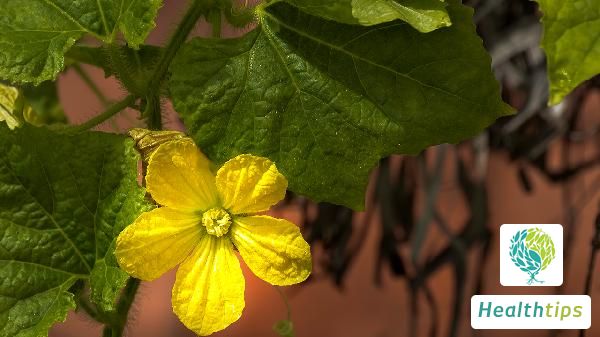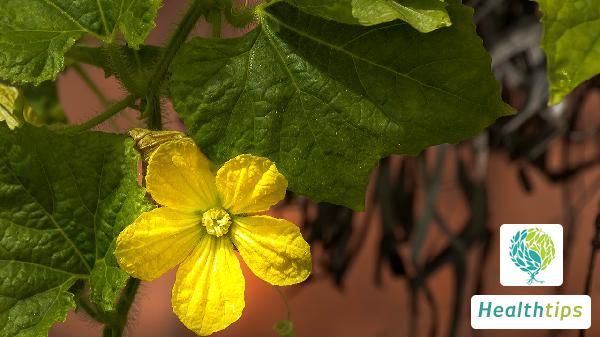"What Are the Differences Between Age Spots and Flat Warts?"
Understanding the Differences Between Age Spots and Flat Warts
Age spots and flat warts are two common skin conditions, particularly prevalent among middle-aged and elderly individuals. Although their names may suggest similarities, they are distinct skin issues with varying characteristics and treatment approaches. In this article, we delve into the differences between age spots and flat warts to foster a better understanding of these two conditions.

What Are Age Spots?
1. Definition: Age spots, also known as lentigo, are a prevalent skin concern that typically appears on sun-exposed areas such as the face, back of hands, neck, and shoulders. They result from an increase in melanin within the skin, linked to aging and ultraviolet (UV) exposure.
2. Characteristics: Age spots present as dark brown or black patches with irregular edges, varying in size and shape. They are often symmetrical and do not cause discomfort or pain.
3. Causes: The primary factors are aging and prolonged sun exposure. Genetics may also play a role.
4. Prevention: Avoiding prolonged sun exposure, using sunscreen, and wearing wide-brimmed hats can help reduce the occurrence of age spots.
5. Treatment: Generally, age spots are harmless and do not require treatment. However, if you find certain spots suspicious, consult a dermatologist to rule out other skin conditions like malignant melanoma.
What Are Flat Warts?
1. Definition: Flat warts, also known as verrucae plana, are skin lesions caused by the human papillomavirus (HPV). They are more common among children and young adults but can also appear in older individuals.
2. Characteristics: Flat warts appear as flesh-colored or light brown, smooth, and flat-topped spots. They are slightly raised compared to surrounding skin but do not exhibit the typical warty or granular appearance.
3. Causes: Flat warts result from HPV infection, transmitted through skin-to-skin contact. The onset of warts may occur months after exposure to the virus.
4. Prevention: Avoiding contact with HPV-infected skin is crucial. This includes refraining from direct skin contact with infected individuals and sharing personal items.
5. Treatment: While flat warts are generally harmless, some people may opt for removal due to discomfort or their appearance in visible areas. Treatment options include cryotherapy, topical medications, surgical excision, or laser therapy. Consult a dermatologist to determine the most suitable treatment for you.
In conclusion, despite their similar-sounding names, age spots and flat warts differ significantly in their characteristics, causes, and treatment methods. If you have concerns about spots on your skin, consulting a professional dermatologist is the best way to obtain an accurate diagnosis and treatment recommendations. Prompt diagnosis and treatment can help manage these skin issues, alleviate discomfort, and ensure optimal skin health.



















